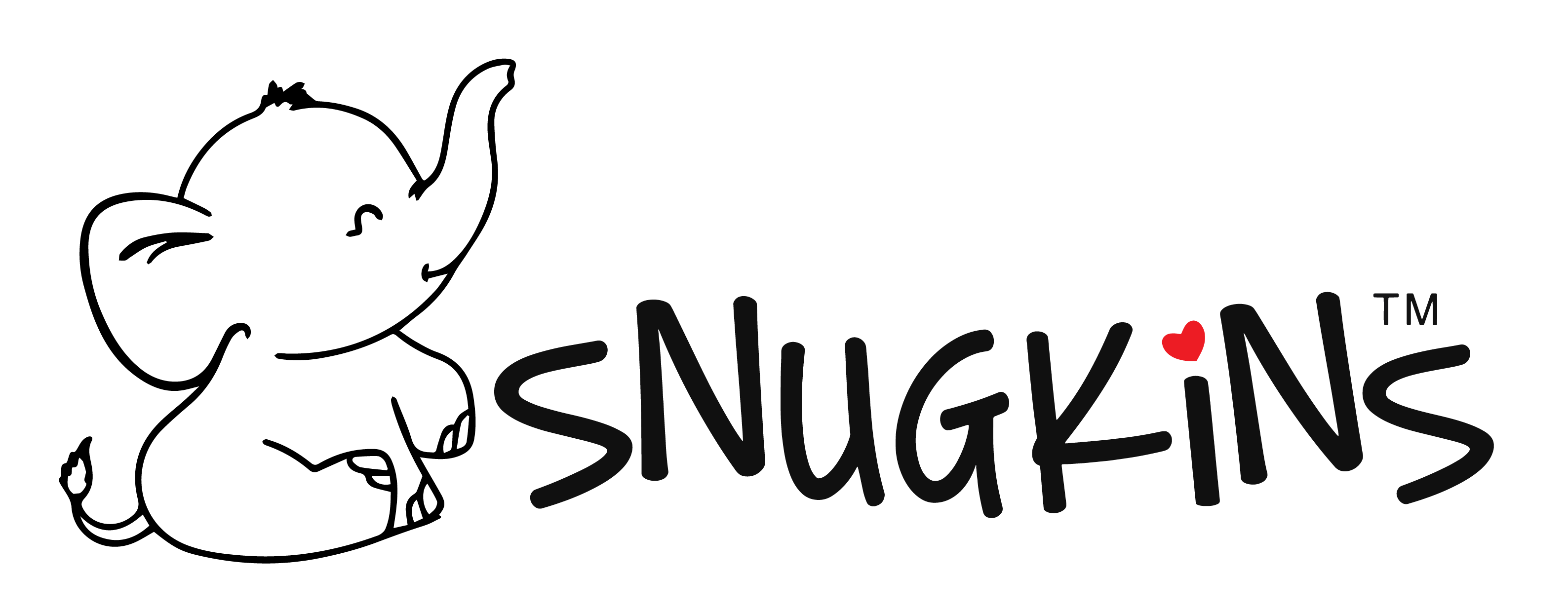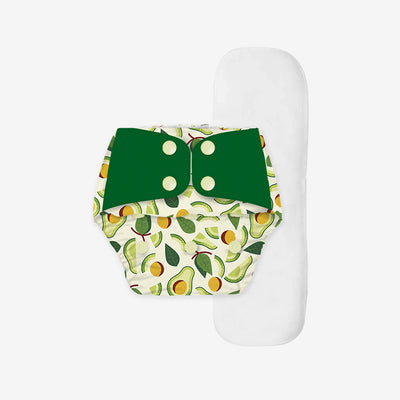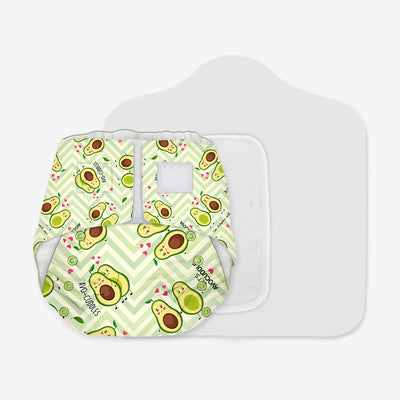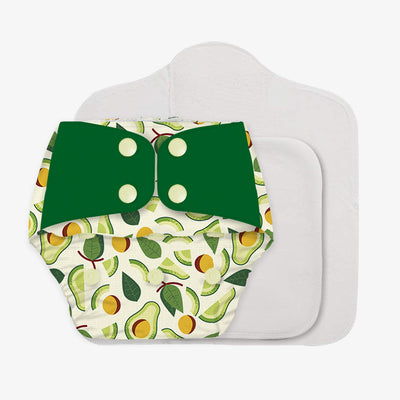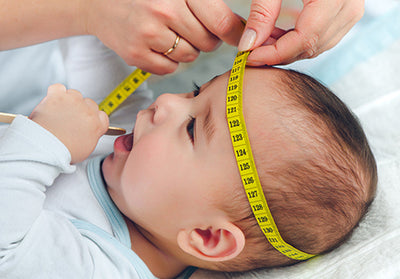Baby Feeding Schedule - Tips for New Borns to Six Month Olds

The most common question the new parents ask is – How often should they feed their baby? The perfect answer is surprisingly simple: in general, parents should feed babies whenever they seem hungry.
How to know that my baby is hungry?
If your baby is premature or has some health issues, you must talk to the pediatrician to get advice on a baby feeding schedule, but for healthy babies, parents must feed them on demand rather than looking on the clock for hunger cues. This is called responsive feeding.
A hungry baby cries to indicate hunger, but it is a late sign. It is considerably tough to feed the baby and settle down once they start crying, but before the baby starts crying, you must check the other hunger cues.
Some typical hunger cues are –
- Licking lips
- Rooting to search nipple
- Putting the fist into the mouth
- Fussiness
- Sucking everything around them
You cannot make a baby feeding schedule for a newborn, but once the baby turns out a few months old, you would be able to introduce a sleep/feed schedule for your baby that will help you a lot.
For example, if your four months old baby wakes up every 5 hours to get a feed. So if you feed the baby by 9 P.M., then probably the baby will wake up around 2 A.M. The best option is to feed the baby at 11 P.M. immediately before going to bed. The baby may wake up around 4 A.M. giving you a decent nighttime wink.
General information regarding baby feeding schedule
It is crucial to keep in mind that all babies are different – some like to get fed more often than others. Some like to drink more milk at a time, giving a long gap for the next feed. However, when the babies get bigger they increase the gap between two feeds, as their tummy holds more milk at a time.
- Most newborns need a feed in every 2-3 hours and usually take 8-10 feeds per day. During the initial 1-2 days, the baby takes approximately a half ounce per feeding, but later, as the baby grows up, it takes 1-2 ounces in every feed. The quantity turns 2-3 ounces by the time your child reaches an age of 2 weeks.
- Till the baby reaches the age of 2 months, the baby usually takes 4-5 ounces per feed and a feed in every 3-4 hours.
- By four months of age , the baby takes 4-6 ounces in each feed.
- At six months, the baby takes around 8 ounces of milk in each feeding.
- By six months, you can start giving solid food to the child.
- Usually, the average increase in the quality of feed increases by 1 ounce per month.
Parents usually wonder when and how to start solids? Is it safe to feed the baby with solids after the completion of 6 months? The answer is ‘Not exactly’. The baby must be able to sit with support and hold its head in the upright position, and the baby shows a desire for food by opening its mouth and leaning toward food. You must take the help of a pediatrician to prepare a sample food chart for your baby.
What should I not feed my baby?
- You should not give solid food to a baby below four months of age. It may cause choking hazards.
- Do not feed cow milk to the baby as it cannot provide enough nutrients.
- Avoid giving honey as it can cause infant botulism
- Babies should not feed with nuts, seeds, raw fruits and vegetables, round candies, or popcorns that may cause choking.
- Avoid giving citrus as it may upset the tummy
- Avoid giving egg white and seafood to the baby; they could be the source of allergen.
Worries about overfeeding or underfeeding the baby
Babies are good at eating the appropriate quantity of food, but sometimes they intake more than the required quantity. Infants with bottle feeding are likely to get overfed as bottle feeding takes fewer efforts than breastfeeding.
Overfed babies may have abdominal pain, gas, indigestion, vomits, and are at higher risk of obesity. It is always better to offer less as you can always offer more if your baby demands. Meanwhile, the baby will get the time to realize that the tummy is full.
Keep a check on the weight chart of the baby. The weight chart should be balanced. Baby gain doubles their birth weight by five months and triples by one year. If the baby is gaining more weight or you discover the baby wants to eat all the time, then talk to your pediatrician. If you find your baby under-weight, then do not wait for long between two feeds, even if it means disturbing the baby from sleep. Be sure to talk to your pediatrician.
How to know the baby's tummy is full?
It is a big question for parents whether the baby is getting enough food or not? During the regular health check-up, the pediatrician checks the growth of the baby, including its height and weight, and plots all the details on the growth chart. The growth chart reveals whether the baby is getting enough food or not.
Hope, the article will help you prepare a perfect baby feeding schedule for your baby; but for any queries or concerns, talk to your pediatrician.
Related Blogs
Top 10 Best Baby Care Tips For New Moms
How To Read A Baby Growth Chart
Babies Sleeping Patterns - From 0-2 Years!

